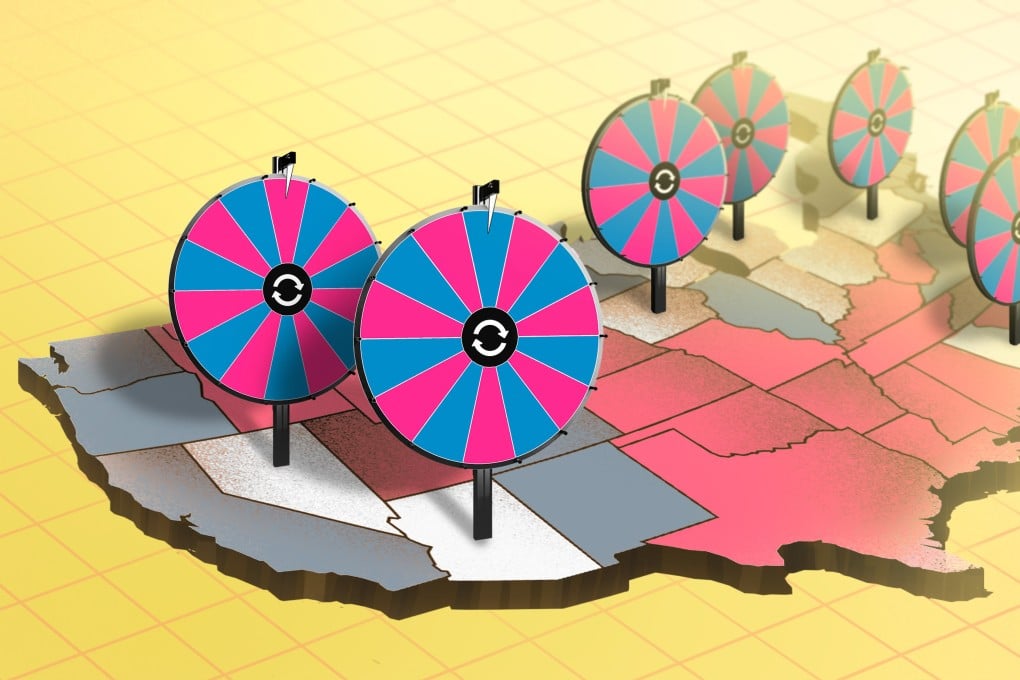Explainer | How do US ‘swing states’ decide presidential elections?
The seven states where Democrat Kamala Harris or Republican Donald Trump will win – or lose – the White House

The United States calls itself the world’s oldest democracy, but the popular vote does not decide the winner of its quadrennial presidential election. Instead, an idiosyncratic holdover from the late 18th century called the Electoral College does.
The “college” is the collection of “electors” designated by each state to vote for the candidate who wins the state’s election. Each state is allocated electors equal to the number of its US representatives and senators. A candidate must win a majority of the 538 total electoral votes cast – at least 270 – to secure the White House.
It was the ceremonial electoral vote count by the US Congress that Trump supporters tried to disrupt by storming the Capitol on January 6, 2021.
Most of the 50 US states and the District of Columbia have established voting patterns – either Republican or Democratic. The handful of swing states are notable for their penchant to switch between political parties, reflecting the strength of both parties in those states and influenced by the candidates and key issues in each election cycle.
States that voted for Donald Trump in 2016 and then for Joe Biden in 2020 are regarded as the states to watch this year: Michigan, Pennsylvania, Wisconsin, Arizona and Georgia.
